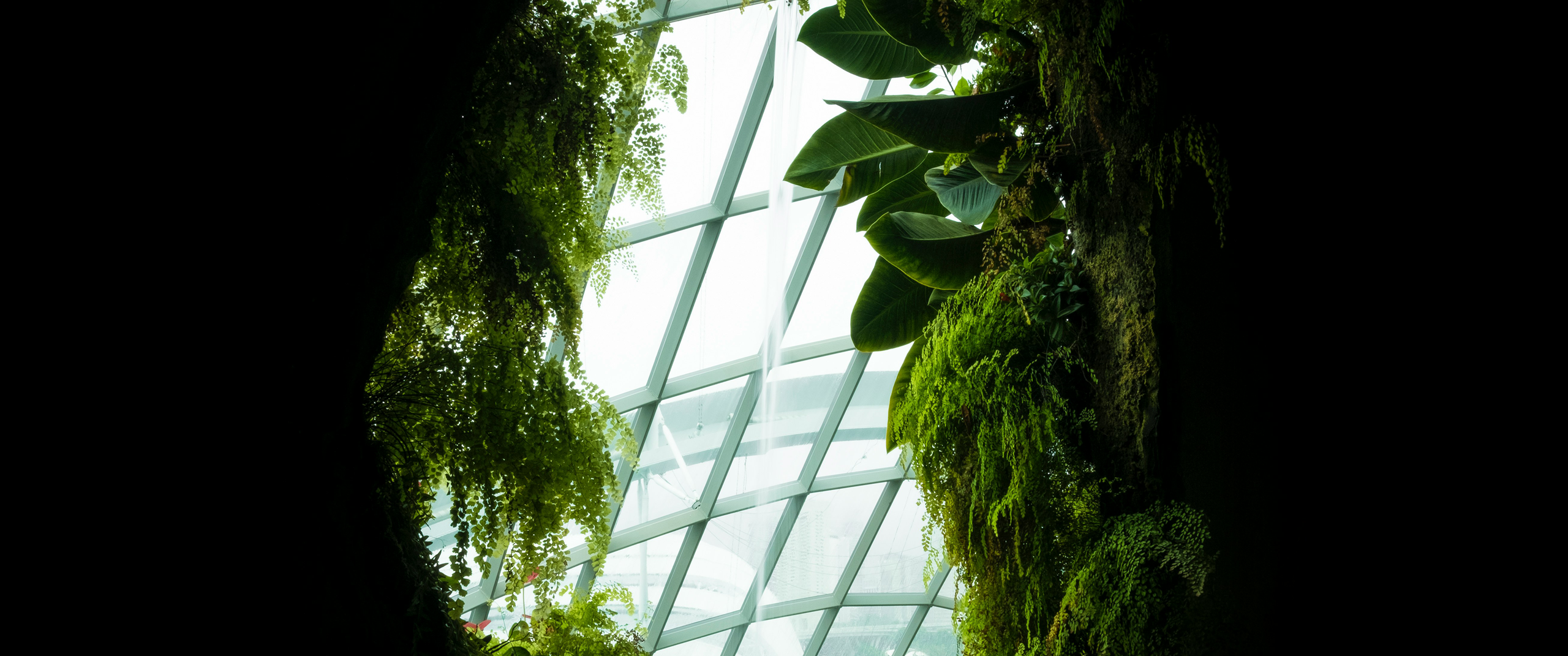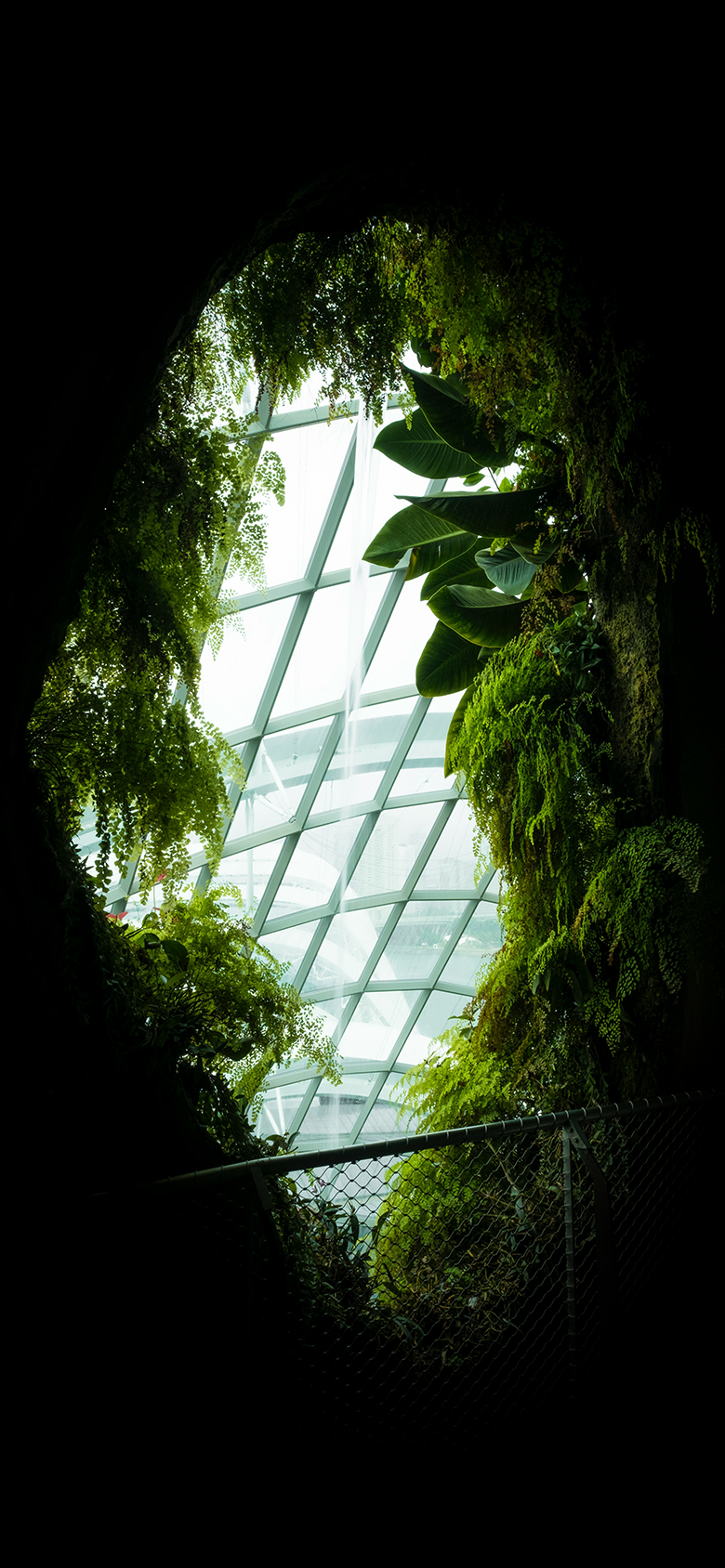



Global warming and the "urban heat island" phenomenon are transforming our cities into sweltering, hot and hard-to-inhabit traps. While finding solutions that improve thermal comfort and reduce energy consumption has become a very topical issue, figuring out what the most effective responses are is crucial. One such solution is the use of greenery in architecture.The integration of green facades, grassy roofs and parks is not just an aesthetic issue. The benefits of nature in urban settings include reducing CO₂ emissions, lowering temperatures, improving thermal insulation, and enhancing air quality. But perhaps it can do even more. In summary, vegetation makes cities more liveable and helps mitigate the effects of climate change.
The use of greenery in architecture is not a new concept.
Historically, from ancient civilizations to more developed ones, integrating nature into buildings and urban spaces was a common practice, enhancing both aesthetics and the quality of life for citizens. Villa Tivoli, the Hanging Gardens of Babylon, and the sod roofs in Nordic countries are examples demonstrating that the synergy between architecture and nature has always provided sustainable solutions.Today, there is a need to take up and study these practices, re-actualize them, field them, and measure their effectiveness and potential. Projects such as Stefano Boeri's Prato Urban Jungle and WOHA Architects' Parkroyal on Pickering in Singapore show how greenery can be integrated into modern urban contexts. These projects show that it is possible to create beautiful, functional and sustainable spaces. Stefano Boeri, an Italian architect, is the visionary behind the Bosco Verticale in Milan, two skyscrapers 120 and 90 meters tall, respectively, where a diverse biodiversity grows by occupying a small portion of land. This innovative, vegetation-covered building represents an attempt to reintroduce nature into the urban environment of a Milan that has been far too concrete-covered since the 1900s. It is important to emphasize the need to extend the use of greenery in architecture not only to high-end residential projects, but also to social and educational buildings. A significant example of this vision is the Trudo Vertical Forest project in Eindhoven (S. Boeri), which demonstrates how integrated vegetation can transform buildings and public spaces, improving the quality of life in larger, more inclusive contexts.
Because cities and forests can no longer be seen as antitheses.
Cities must become protagonists in a global campaign to reduce and contain climate change.It is crucial to rethink our conception of cities and metropolises, imagining them as living organisms inspired by trees and vegetation in natural spaces. Green corridors, protected areas, vertical and horizontal forests, neighbourhood parks and gardens must become the norm, not the exception.
The European Union is also playing its part.
The EU aims for climate neutrality by 2050: this goal underscores the importance of adopting sustainable practices in every field, including architecture. The integration of greenery into architectural projects is not just a fashion or trend but a social necessity, if not a humanitarian one, normalized at an international legal level. Although, initially, this might seem like a small thing, it actually represents a great opportunity to reconsider what has been done so far and not be afraid to change direction.
In our practice, whether it is projects for private clients or public works, the integration of greenery is always a central and crucial aspect. We break down the classic barriers between "inside" and "outside'" by making greenery enter the designed space. For works intended for communities, our goal is to carefully integrate greenery, assessing both its visual and thermal impact. The goal is to design green spaces that are integrated with architecture, and that these can function as natural thermoregulators. After all, it is an almost prehistoric truth: there is no better shade than that generated by a tree. A concrete example of our approach is the proposal for the regeneration of the Baknang neighbourhood in Stuttgart, where we have integrated green solutions to improve the urban microclimate and provide new spaces for social gathering.
But is the future about interconnection or separation?
While we see whole metropolises springing up in many parts of the world without even a blade of grass or a garden, at the same time we hear about reforestation of areas without humans. But is an interconnection between the two possible? Can cities and nature go hand in hand and together? Of course, they can. Urban greenery will have to be at the centre of new cities, both in an ideal way and in a very concrete way, to improve the quality of life and counter climate change. Mobility will have to be light and sustainable, reducing dependence on fossil fuels. The goal is to achieve complete self-sufficiency of urbanized centres with buildings that can capture and store renewable energy, absorb CO2 and return oxygen. Green architecture, then, presents itself not only as one of the answers to climate challenges, but as a key opportunity to design more liveable, sustainable and resilient cities and spaces. Investing in urban green means directing the work of us architects toward solutions that improve quality of life, optimize resource use, and foster a more balanced future for our communities and our planet.
